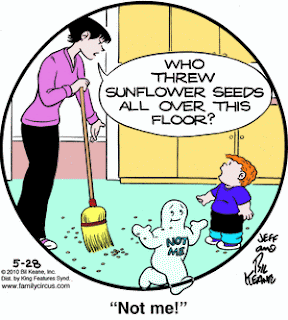Even if you've never watched "
Antiques Roadshow," you've heard this story before. Here's my version:
At a recent toy train show I spotted this 1960's Japanese toy train on a table. It was an HO gauge electric labeled the Straco Express. I'm not normally interested in such things, but there was something appealing about it (possibly the bright colors of the lithography). The set was priced at $25.00, but I was able to talk the guy down to $20.00. When I got back home and looked it up online, I saw that one had recently sold for $2,500! I'm rich!
(Sorry for the screen shot. I wasn't able to get the full entry before it was removed from the site. Click on the image to enlarge.)
Many people have a similar story in mind as they search out antiques and "collectibles" at yard sales and thrift shops. And many definitely have it in mind when they price their stuff!
But such situations are extremely rare. And often -- as in the case of my purchase, not quite true. I did indeed purchase a Straco Express tin toy train. And while it's identical to the one sold in Canada for $2,500, there are critical differences.
First, I don't have the original box, nor do I have any of the little railroad signs and accessories that came with the set. Especially for ephemeral items such as cheap Japanese toys, original packaging seldom survived. That makes it rare, and accounts for a large part of the value. Same with the small accessories, which often disappeared into the vacuum cleaner.
While my Straco Express does have the original transformer (operated by two D cell batteries), I don't have a complete circle of track. So even though the engine runs, I can't really run it -- if you know what I mean. And that also decreases value.
And there's something else. That sale took place on ebay. If I were to put mine up for auction, there's no guarantee I'd get anywhere close to that amount. In fact, there's currently a similar set for sale online, with the original box, and most of the accessories, for $26.00. (Click on image to enlarge.)
The short, Antiques Roadshow-style story is great, but I'm not really $2,500 to the good. But I
am in possession of an item that I was happy to pay $20.00 for. And one that has an interesting story of it's own --
which I'll share next post.
- Ralph
#Straco





















